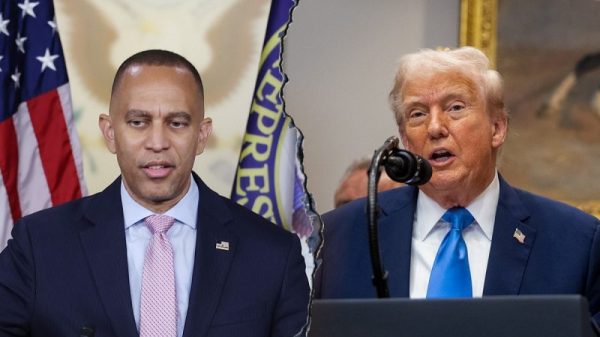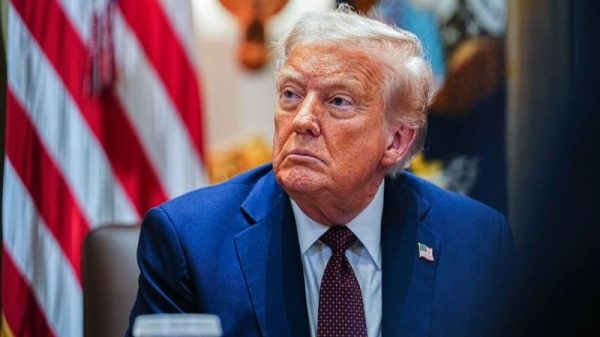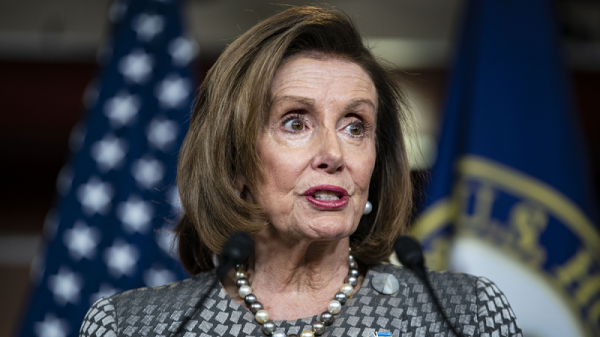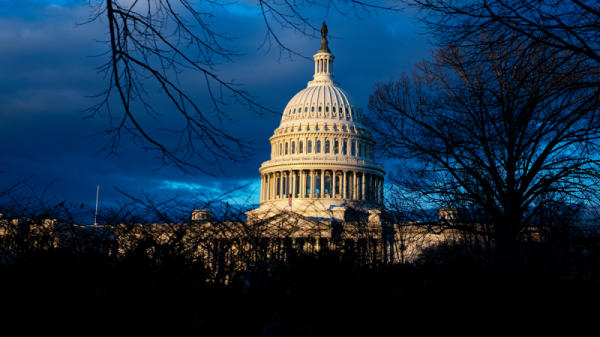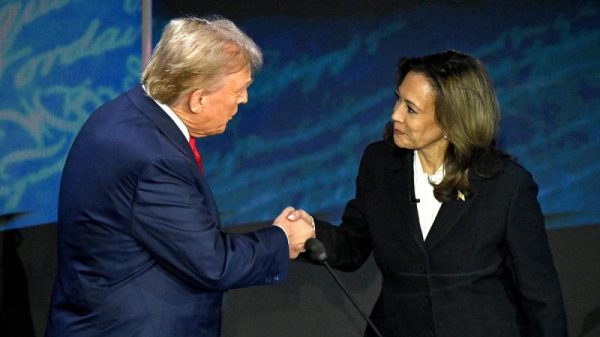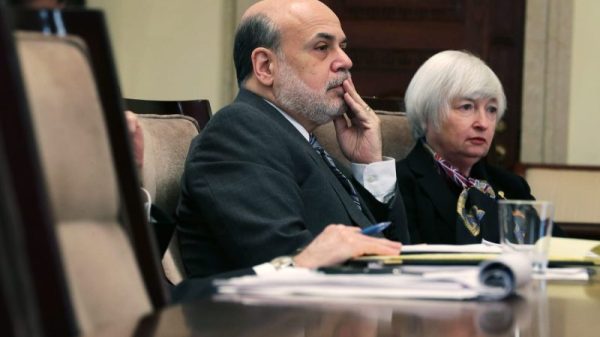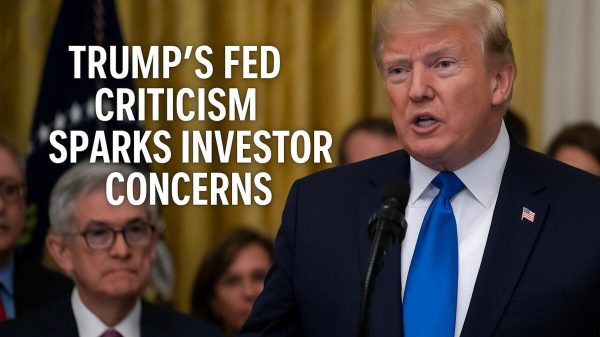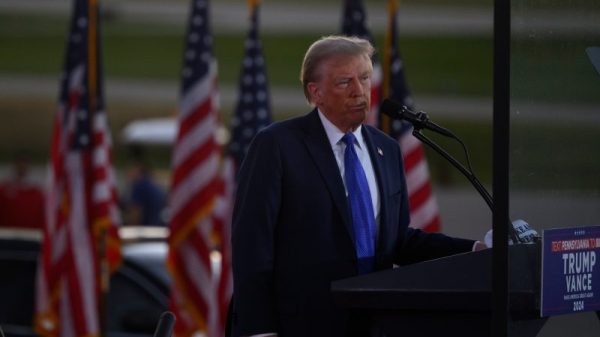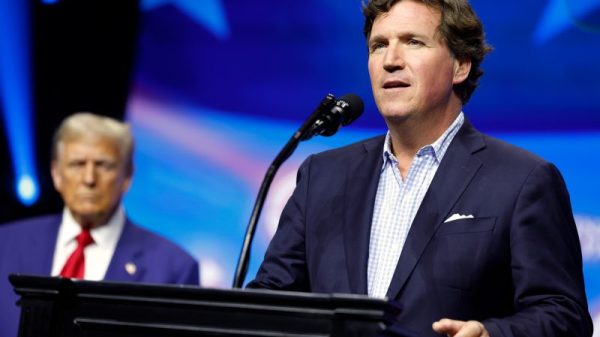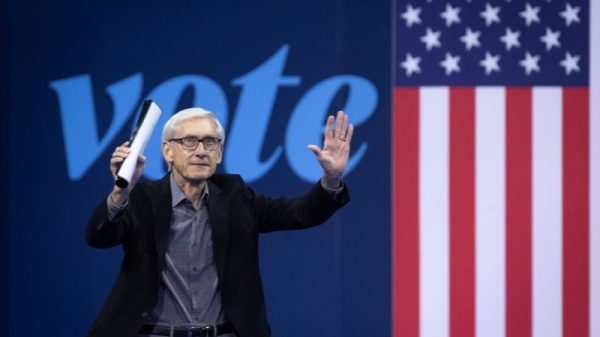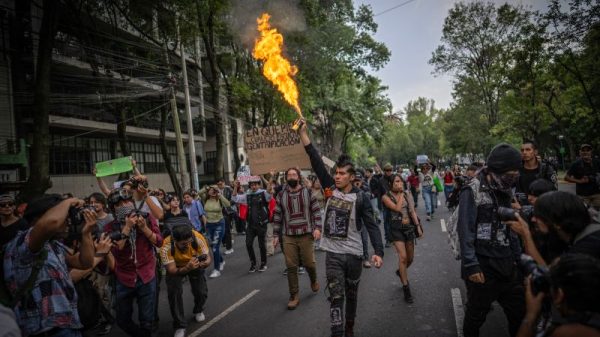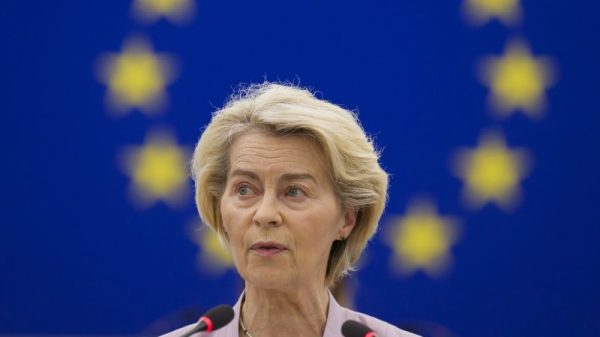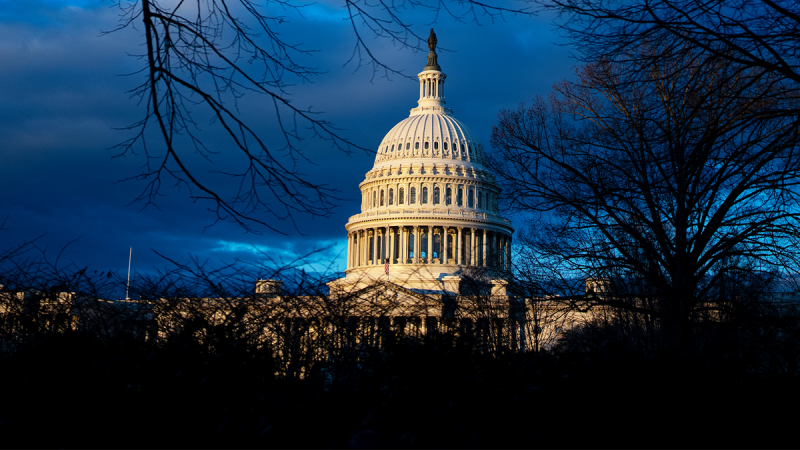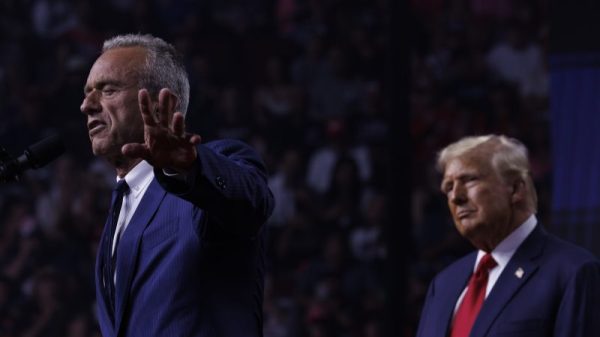
The clock is ticking to fund government, and so far, lawmakers do not have a path forward to avert a partial shutdown.
The Senate returned to Washington, D.C., on Monday, and congressional leaders are slated to meet with President Donald Trump to negotiate a deal on funding the government. But the last week has seen both sides point the finger at who would own closing the government.
Lawmakers have until midnight Wednesday to pass a short-term funding extension, or else the government will close. And if it does, it would be the third shutdown under Trump.
A government shutdown happens when Congress can neither pass all 12 appropriations bills needed to fund the government, nor pass a continuing resolution (CR), which typically keeps funding levels static while lawmakers hustle to finish their work on spending bills.
Since 1980, there have been 10 government shutdowns. Only three have happened since the turn of the century.
All shutdowns are different, and the impending shutdown is no exception. However, it could have more devastating effects on the federal workforce than previous shutdowns given the administration’s orders to undertake mass firings.
Programs like Medicare, Social Security and Medicaid will continue, along with the Postal Service, Veterans’ Affairs hospitals and clinics, and Immigration and Border Patrol security activities, among others. Federal employees will likely go without pay, however, and a string of agencies will see their services hampered by furloughs, like the IRS and Small Business Administration. Housing programs may also see a delay in rental assistance and loans.
Typically, shutdowns see thousands of federal workers deemed ‘nonessential’ furloughed, but the Office of Management and Budget (OMB) released a memo last week that directed agencies to ‘use this opportunity to consider reduction in force (RIF) notices for all employees’ in programs that have no other available funding source and that don’t comport with Trump’s priorities if lawmakers couldn’t fund the government.
‘RIF notices will be in addition to any furlough notices provided due to the lapse in appropriation,’ the memo read, and they will be issued ‘regardless of whether the employee is excepted or furloughed during the lapse in appropriations.’
Then there is the cost of a shutdown. While the cost of a partial closure this year is unknown, the Congressional Budget Office did an analysis of the cost of the last time the government shuttered in 2019.
The report, published in January 2019, found that the shutdown saw roughly $18 billion in federal spending delayed, which led to a dip in that year’s first quarter gross domestic product of $8 billion. The report noted roughly $3 billion of that would not be recovered.
It also found that federal workers who received delayed payments and private businesses were the hardest hit.
‘Some of those private-sector entities will never recoup that lost income,’ the report stated.
Congressional Republicans and Democrats are at a stalemate on the current CR, not so much because of what’s in the bill — it would keep the government open until Nov. 21 and includes tens of millions in new spending for lawmakers’ security — but because of what it lacks.
Democratic lawmakers demanded that the short-term extension at least include an extension to expiring Obamacare premium subsidies and have warned that if Congress doesn’t act, millions of Americans will see their health care costs increase.
While the subsidies don’t expire until the end of the year, congressional Democrats have noted that insurers are gearing up to send out new rates on Oct. 1.
But Senate Republicans, including Senate Majority Leader John Thune, R-S.D., have said that conversations about the subsidies can happen after the government is funded, but that has so far not been enough for Senate Minority Leader Chuck Schumer, D-N.Y., and Senate
Democrats.
‘Fundamentally, nothing has changed, though, and the choice remains the same: Democrats can either vote for a clean, short-term, nonpartisan CR that prioritizes the American people, or they can choose a completely avoidable shutdown that prioritizes politics above all else,’ Thune told NBC’s ‘Meet the Press.’
Both Thune and Schumer, along with House Speaker Mike Johnson, R-La., and House Minority Leader Hakeem Jeffries, D-N.Y., will meet with Trump Monday afternoon. The confab comes after Trump canceled a meeting with the Democratic leaders earlier this week.
Schumer and Jeffries said in a joint statement after a new meeting was set that ‘Democrats will meet anywhere, at any time and with anyone to negotiate a bipartisan spending agreement that meets the needs of the American people.’
‘We are resolute in our determination to avoid a government shutdown and address the Republican health care crisis,’ they said. ‘Time is running out.’

